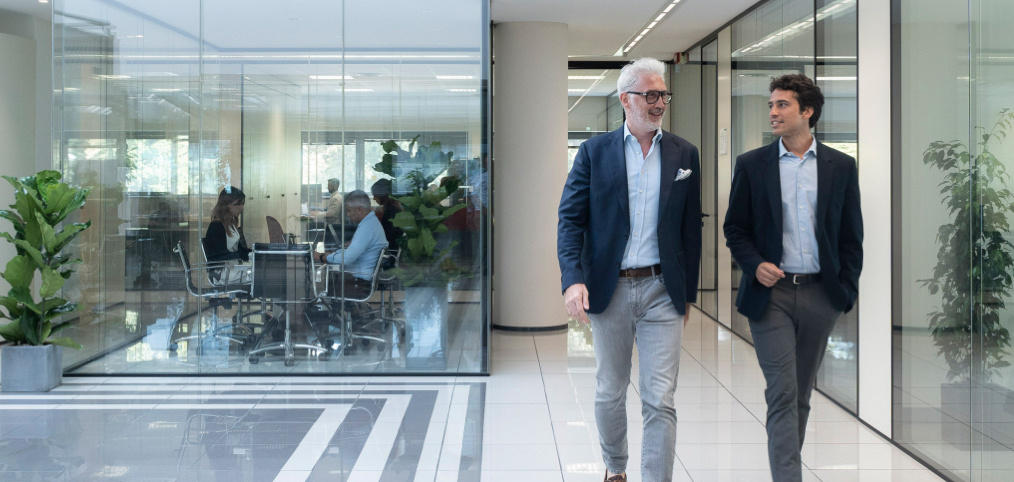At our specialized partner retailers. To find the closest one to you, consult our store locator.

Questions and Answers – Large Slabs
General
01
Where can I buy Atlas Concorde's large formats?
Aesthetics
01
What are the advantages of large-format porcelain stoneware?
They maximize the graphic design creating a visual effect of uniformity. The quantity of joints decreases favoring maintenance, hygiene, and cleaning.
02
What are the current trends in design in terms of using porcelain stoneware?
The use of large formats with natural effect graphics that reproduce materials like marble, stone, and wood or textures that replicate the colors and workings of concrete. Ideal solutions that allow maximum expressive freedom even in the world of furniture, creating sinks, kitchen countertops, worktops, tables of large or small dimensions. A wide choice of effects, colors, finishes, and formats allow for maximum customization, meeting any style and usage requirement.
03
What are the ideal spaces where large formats are preferred?
Large formats are ideal for covering spacious areas such as airports, hotel lobbies, large shops, offices, showrooms or the facades of buildings. Thanks to their large size, large formats create a visual effect of graphic continuity and enhance the space at full height.
04
What are the design possibilities of large formats?
Atlas Concorde large formats boast a wide range of sizes, finishes and looks that allow for a wide range of design possibilities. The 120x120, 120x240, 120x278 and 160x320 formats are available in many surface finishes such as glossy, matt, satin and textured to give free rein to the creation of the desired space. Marble, cement, stone and wood effect looks are also available with extreme realism and graphic depth. You can download the Large Sizes catalogue (link to catalogue) to browse all Atlas Concorde large format products.
05
How can I best display large formats in showrooms?
The best way to display large formats is to create environments that replicate residential spaces, such as bathrooms or living rooms, or commercial spaces, such as shops, to show the beauty of walls and floors with graphic continuity that expand the feeling of space in the environment. With the large formats it is also possible to realise furnishing elements such as washbasins, shelves and tables to be inserted within the environment created in the showroom. This will show the many uses and applications of large formats.
06
Is there any advice on fillers to be used to create uniform surfaces?
Despite the fact that large formats inherently reduce the number of joints in a space, for each product in the Atlas Concorde range there is a recommended grout to create uniform surfaces and improve the aesthetic appearance. As a rule, the grout with the colour closest to the shade of the specific product is chosen.
Production
01
How are the 120x240 and 120x278 slabs produced?
The "forming" is obtained through cylinders that exert continuous pressure on a strip of clay at a constant width. This results in a long strip of pressed clay that is cut according to the desired size.
Installation – Laying
01
How are large formats of porcelain stoneware installed?
Installation requires a planar and stable bed of laying. To ensure an optimal result, it is important to follow the manufacturer's guidelines, particularly regarding the use of appropriate adhesives and specific laying techniques.
02
Where can I find the guidelines for the installation, processing and handling of large sizes?
Inside the catalogue, in the download area of the Atlas Concorde website, in the "Laying, cleaning and maintenance tips" section. You can also consult the videos at this link.
03
Where can I lay large porcelain stoneware tiles?
Large formats are suitable for both floors and walls, indoors and outdoors. However, it is essential to check the product specifications and follow our guidelines.
04
How can I cut large porcelain stoneware formats?
Large formats are generally cut using specific tools such as tile cutters or water jet cutting machines. It is always advisable to do this following the manufacturer's guidelines.
05
Can I use porcelain stoneware in large formats outdoors?
In general, stoneware products are suitable for outdoor applications:
either on floors - glued as well as dry for thicker tiles,
as well as for cladding - glued and in ventilated façades.
However, it is necessary to check the specific regulations in relation to the country of installation.
06
Are there any limitations to using large format porcelain stoneware?
Despite their size, large formats can be handled and installed with great ease. For a correct installation it is important to check the compatibility with the laying substrate, so that it is even, clean and flat;
The operating conditions, in terms of stress;
That there is enough space on site to allow the slabs to be moved,
The way in which any work is carried out: no 90 degree cuts,
The installation technique: double coating.
For a complete and detailed summary, please refer to the manufacturer's guidelines.
07
What are the skills an installer must have to handle and install large formats?
Atlas Concorde offers training courses for installers and retailers who want to learn the main techniques for handling large formats. The training courses are aimed at showing in a simple and intuitive way how the handling, processing and laying of large formats is within everyone's reach. Through practical applications, participants will learn the main operations for the correct handling of large formats, as well as the appropriate materials and equipment to use.
Cleaning
01
How can I clean Atlas Concorde porcelain stoneware?
POST-CONSTRUCTION CLEANING
The construction site is considered complete when it is free from any tools/materials resulting from the work. To reduce the risk of damage to the tiled surface, it is necessary to protect it and avoid the presence of abrasive materials. After a few days, remove construction residues with a commercial sponge such as Scotch-Brite® or with a scrubbing brush or single-brush machine (for large surfaces). For wall coverings, use a neutral detergent diluted in warm water. For floors, use a buffered acid detergent, in a variable dilution percentage depending on the type of surface (smooth or textured). It is important to proactively protect any marble or metal inserts with adhesive tape. Then rinse thoroughly with clean, warm water until any streaks or residue in the gaps are removed. If necessary, repeat the acid wash at higher concentrations except in cases where there are marble or metal inserts. Avoid using diluted hardware store acids.
ROUTINE MAINTENANCE
It is recommended to use a common neutral detergent diluted in water. Avoid using acidic, alkaline, waxing and/or impregnating products and metal scouring pads (iron and steel sponges). In case of more intense dirt or particularly textured surfaces, use an alkaline-based detergent, rinsing at the end of washing. For large surfaces, the use of scrubber dryers is advisable.
EXTRAORDINARY MAINTENANCE
In the case of dirt traces resistant to ordinary cleaning, the use of an appropriate detergent is recommended depending on the type of dirt.
TYPE OF DIRT (resistant to ordinary maintenance)
Carbon, calcareous efflorescence, plaster, metallic marks, rust, graphite, wall paints
Use acid-based detergents
Coca cola, coffee, wine, beer, ice cream
Use alkaline-based detergents
Resins, silicone or mechanical oils, candle wax, paint
Use Solvents
Tires, rubber soles, suction cup marks
Use basic abrasive paste detergents
*Caution: acid-based products can corrode marble, granite, natural stones, and metals, therefore avoid their use in case of decorations or inserts made of these materials.
The cleanability characteristics of materials vary significantly for different installation methods, conditions of use, types of surfaces, and environments. In general, as the anti-slip characteristics of the tiles increase, cleaning difficulties increase. The professional operator in charge of maintenance and cleaning should always perform a preliminary empirical test (possibly on a portion of uninstalled material) for each specific type of intervention. In the case of particularly harsh conditions of use (for example, mechanical workshops or environments with a strong presence of oily residues and tire marks), incorrect installation, or cleaning performed inadequately, Atlas Concorde disclaims any responsibility regarding the effectiveness of cleaning and maintenance operations. Atlas Concorde cannot be held responsible for events, damages, or defects due to incorrect installation, negligent cleaning and maintenance, or inadequate choice of the type of materials installed and adhesives used with regard to their intended use.




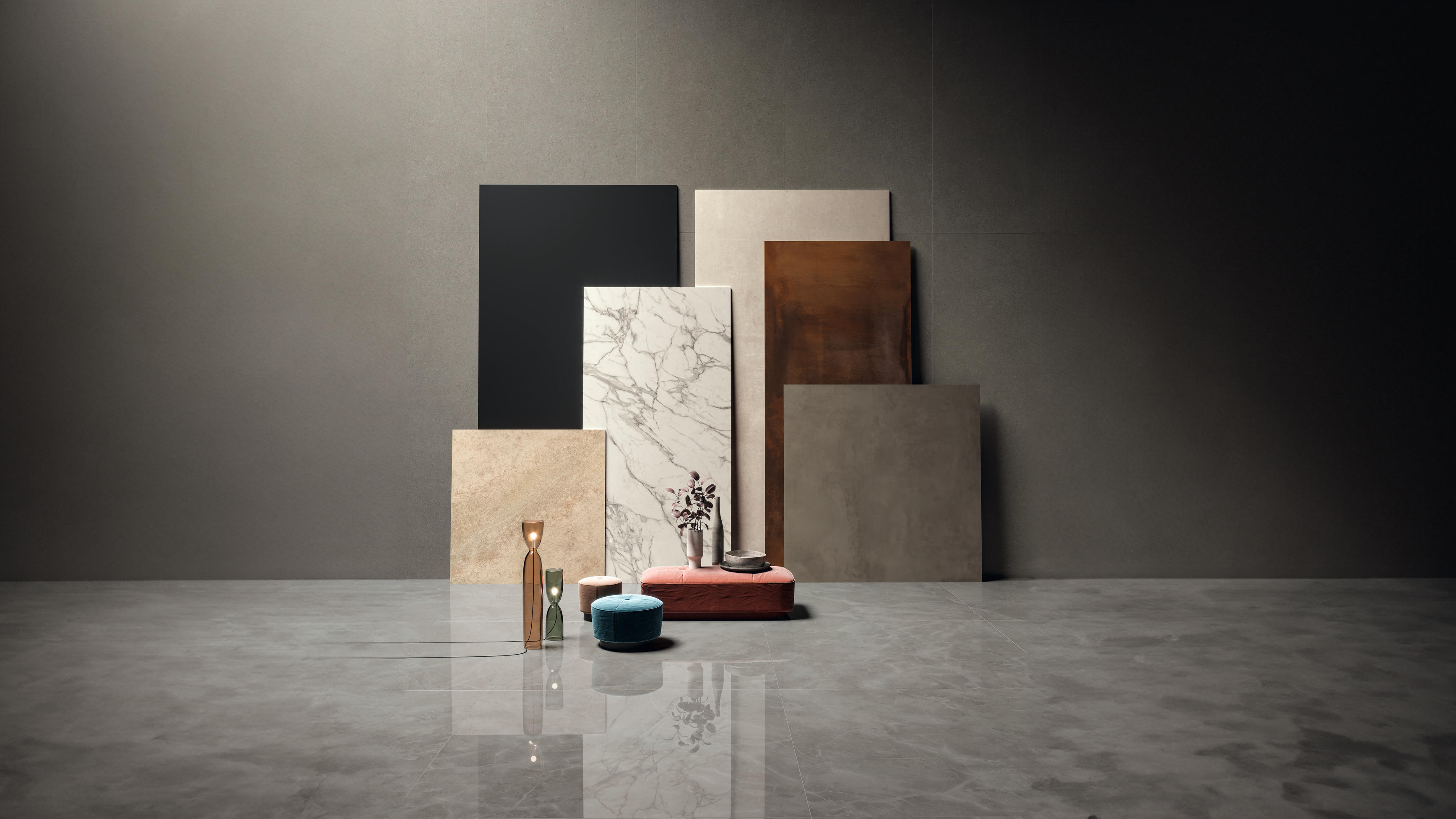
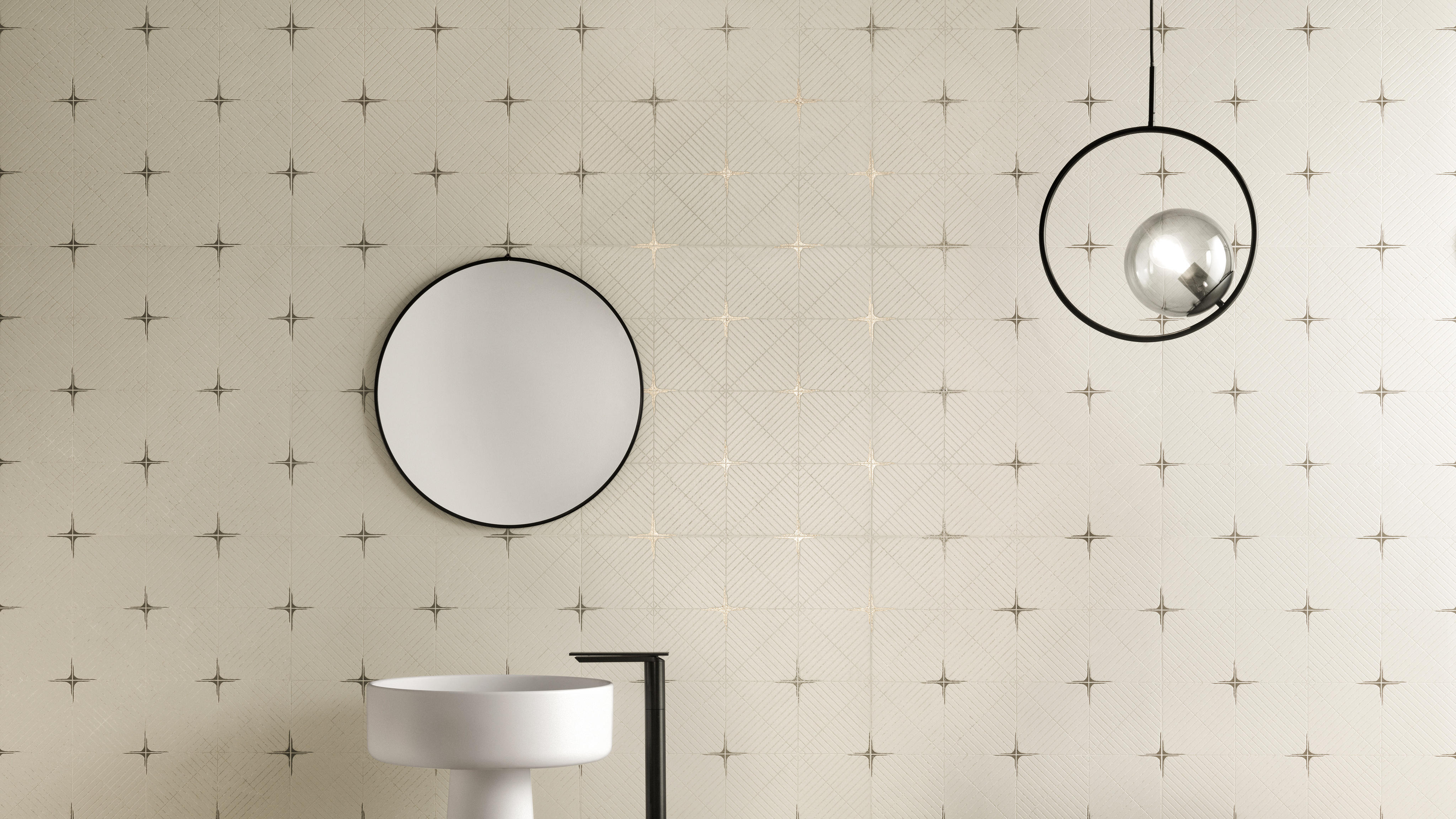




















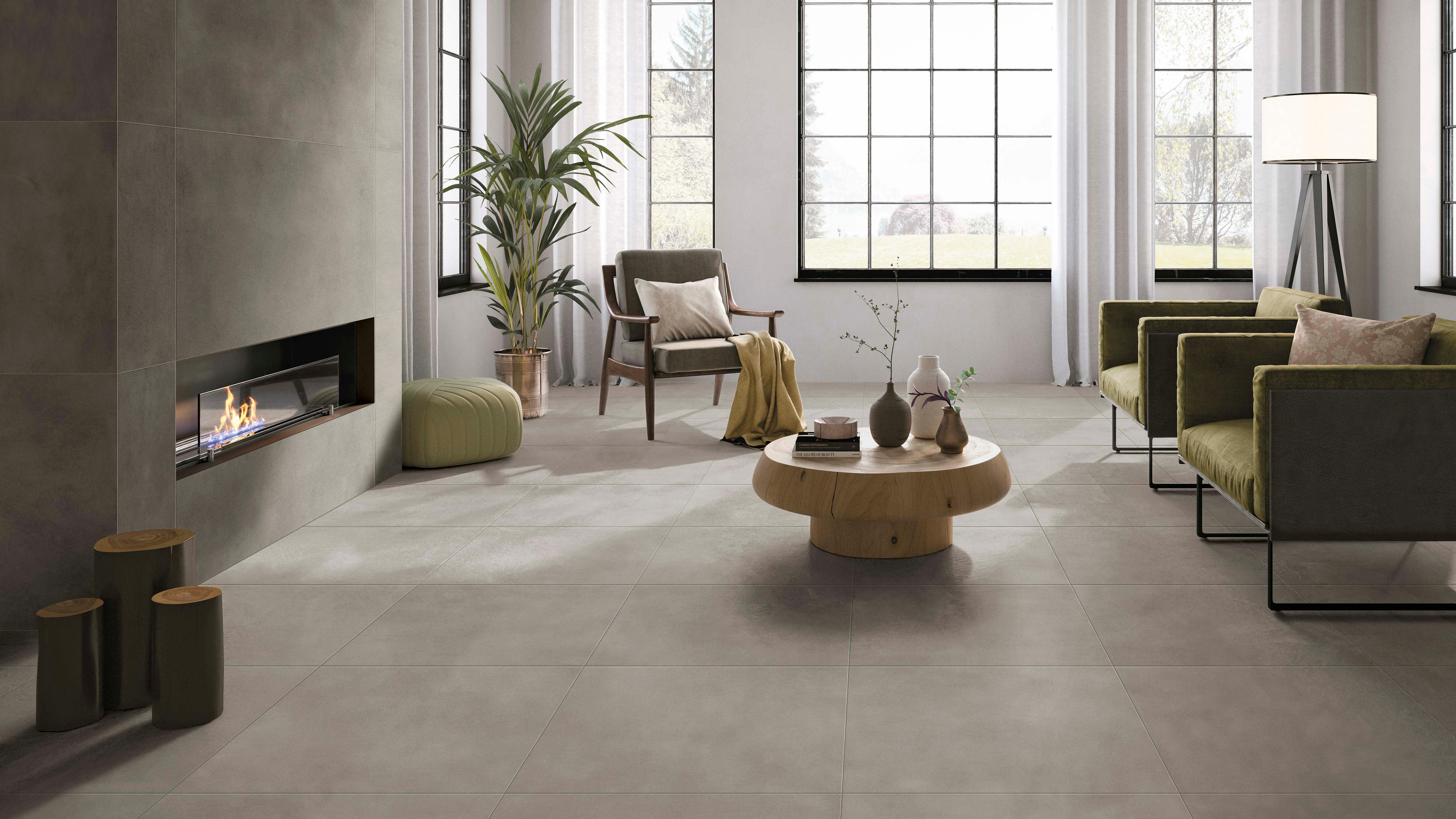










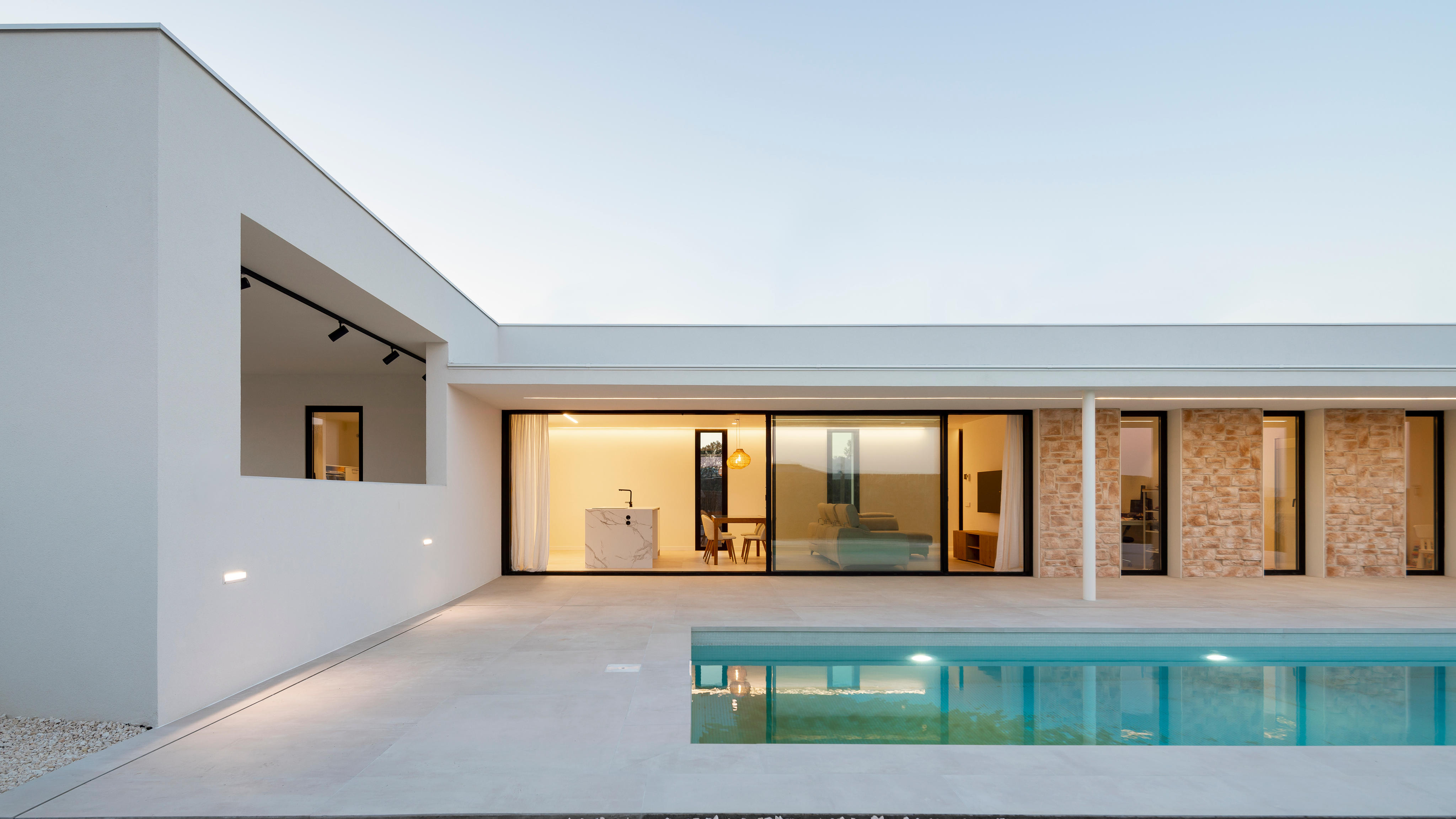
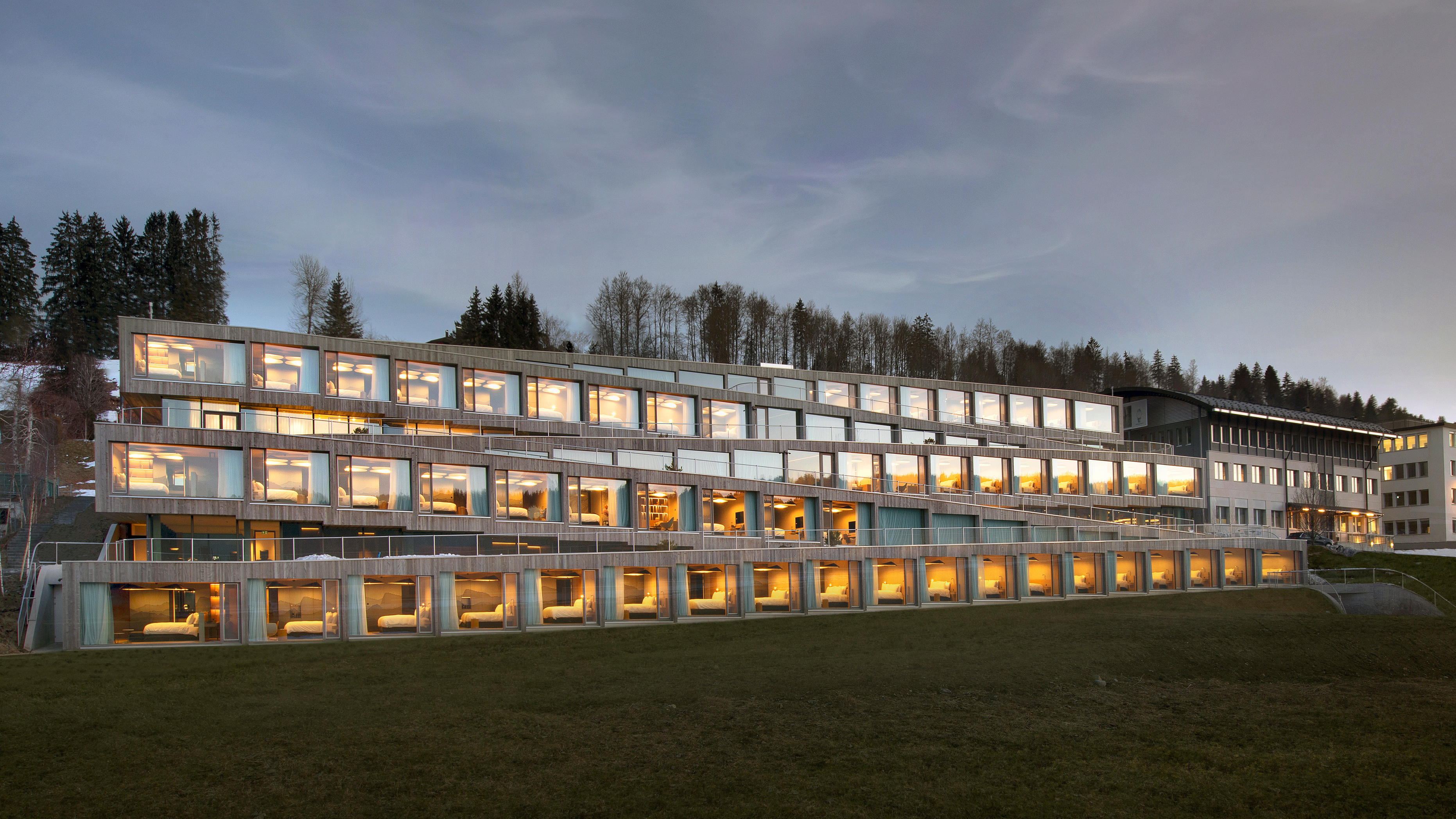
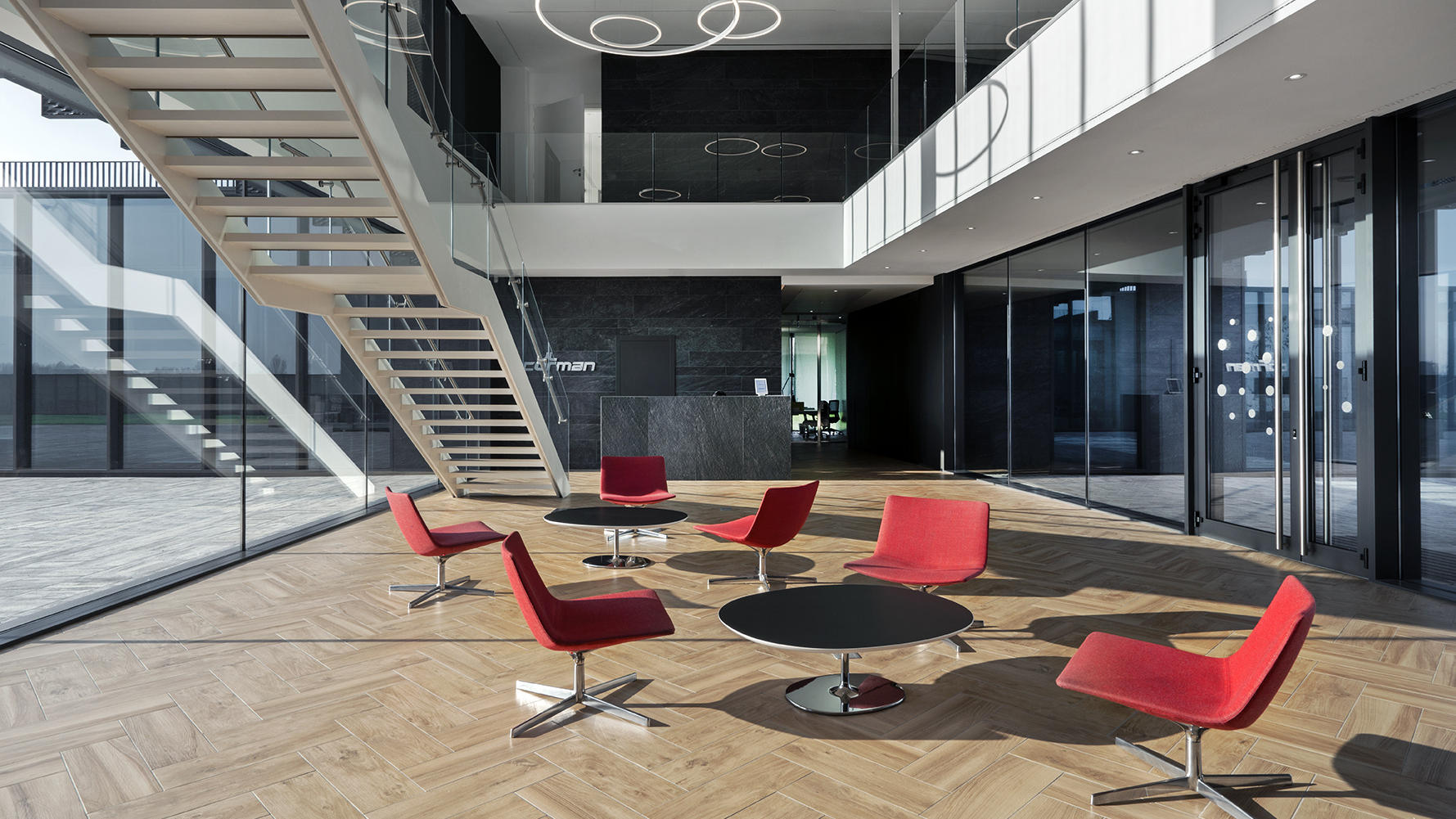
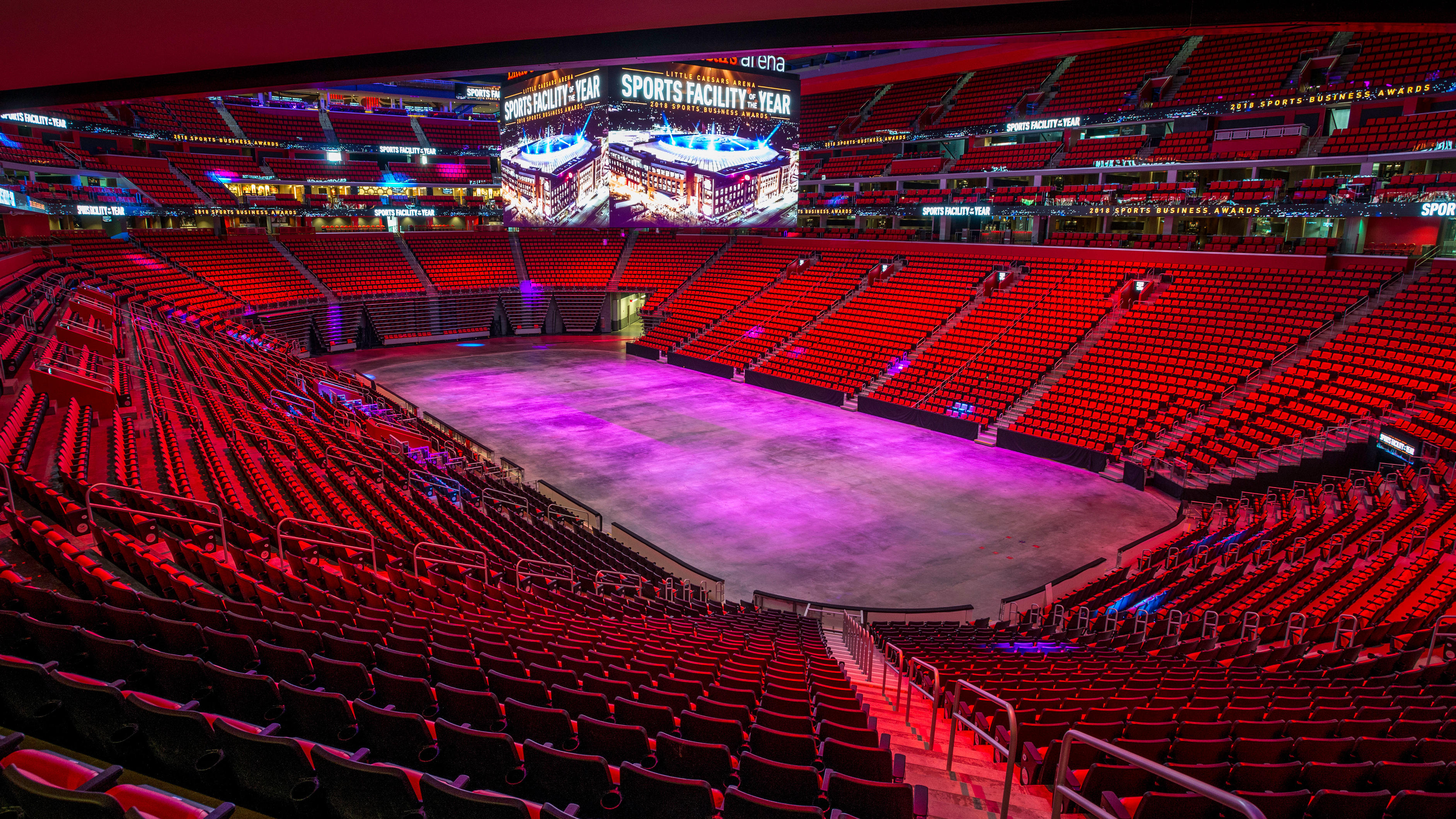









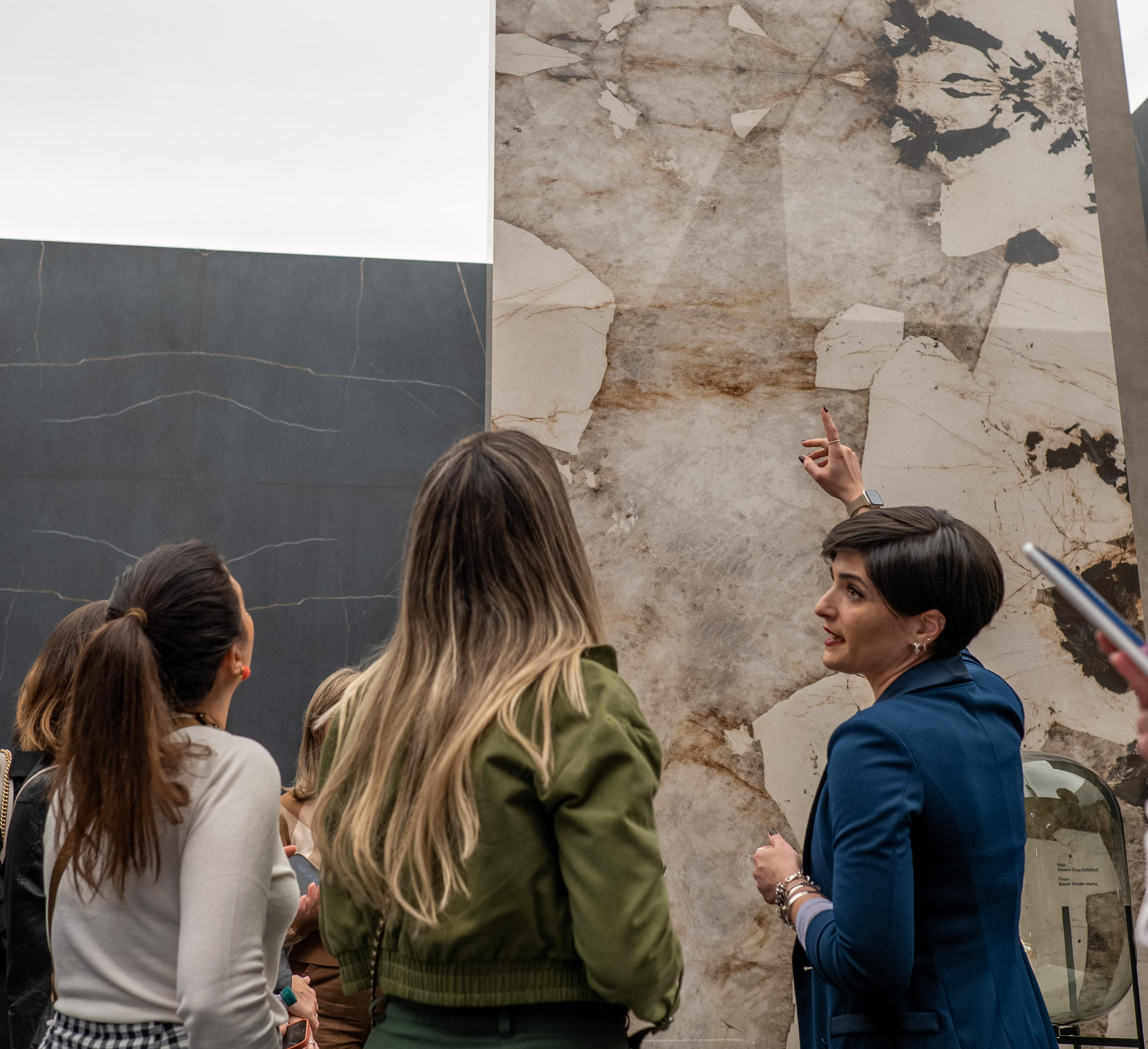

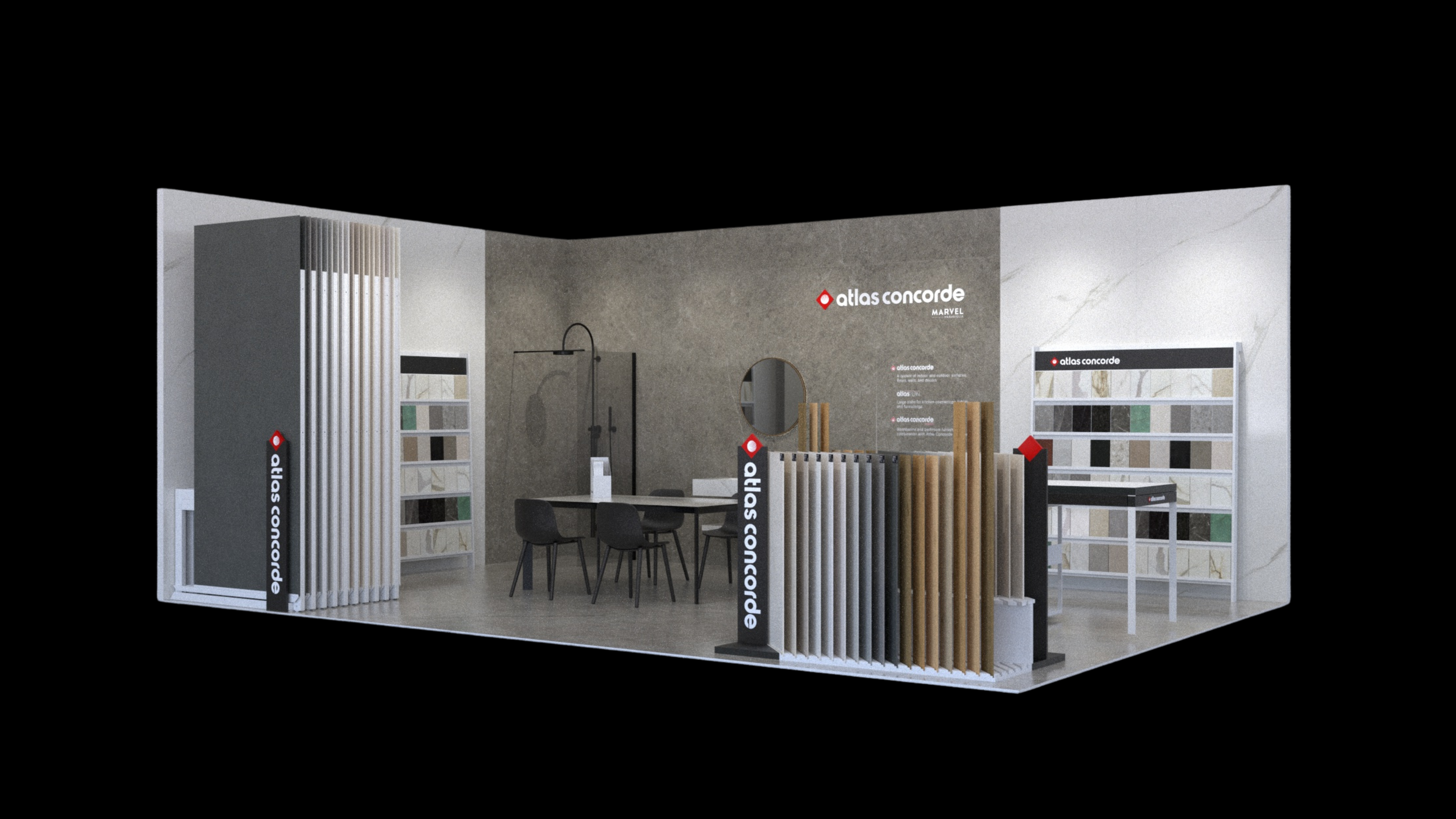.png?cropw=3687.1812062937065&croph=2074.03942854021&cropx=85.93002622377622&cropy=229.9605714597902&cropmode=pixel&quality=75#)

.png?cropw=3564.795716783217&croph=2005.1975906905595&cropx=67.70244755244755&cropy=252.5986013986014&cropmode=pixel&quality=75#)


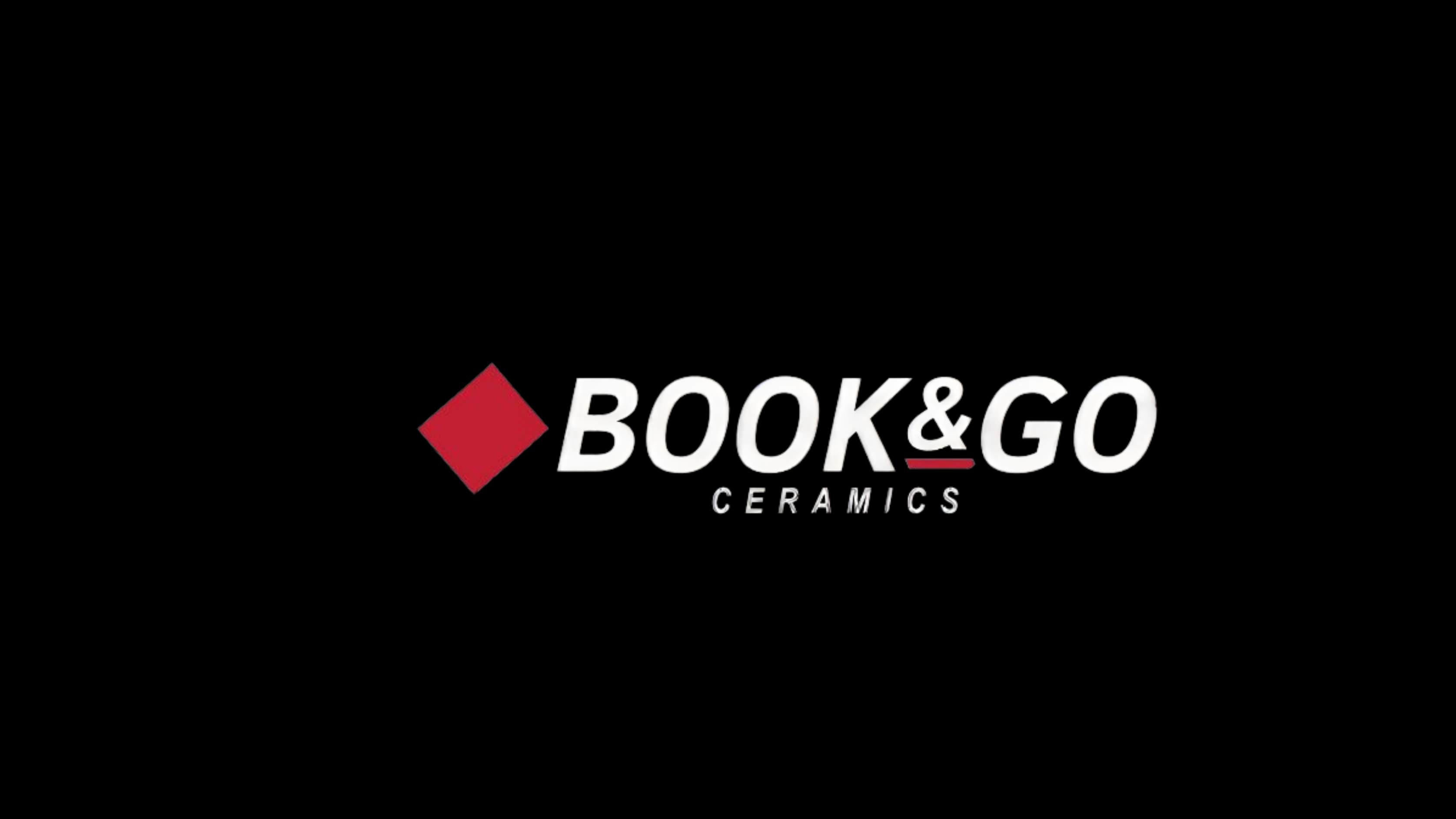


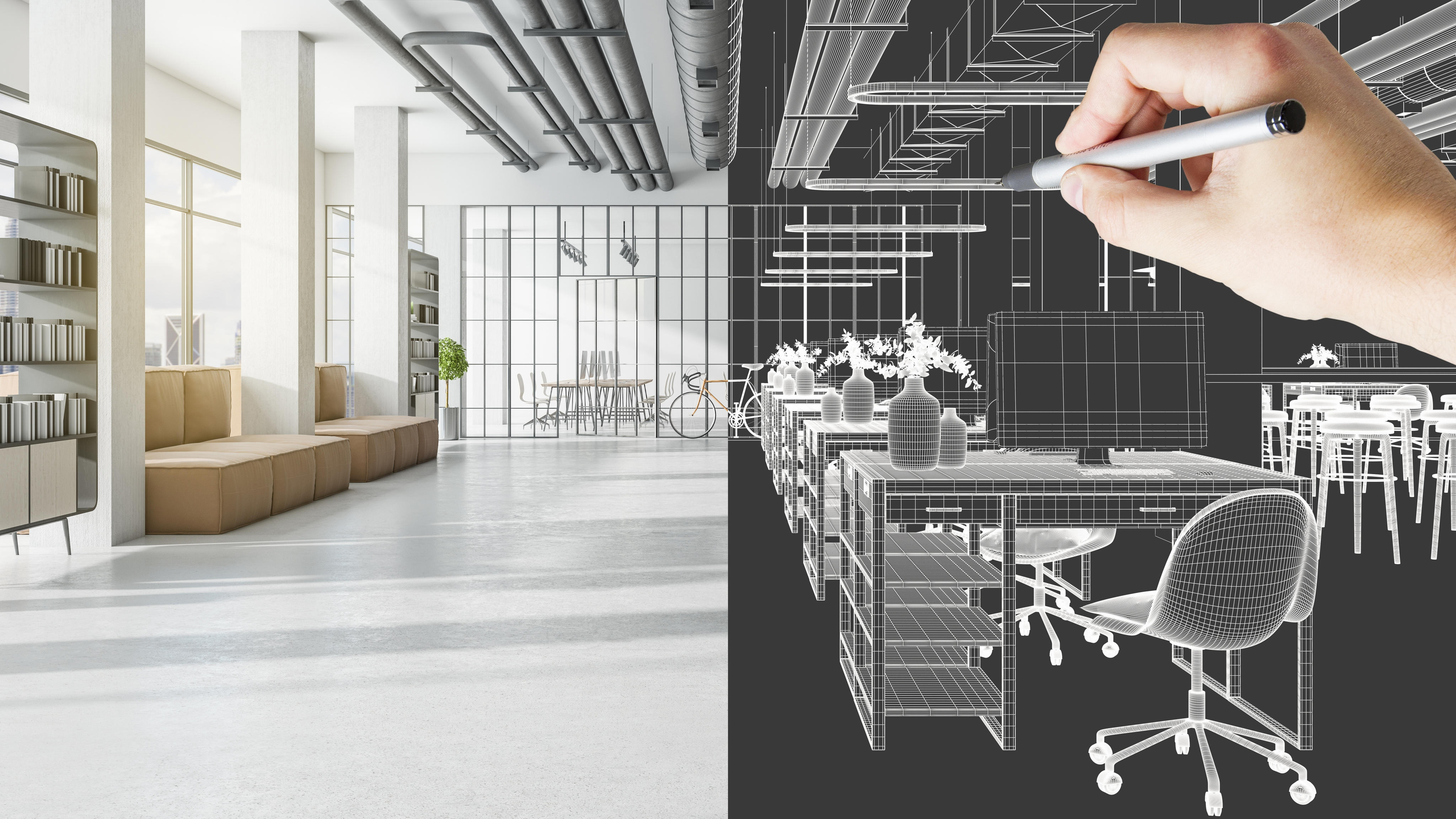




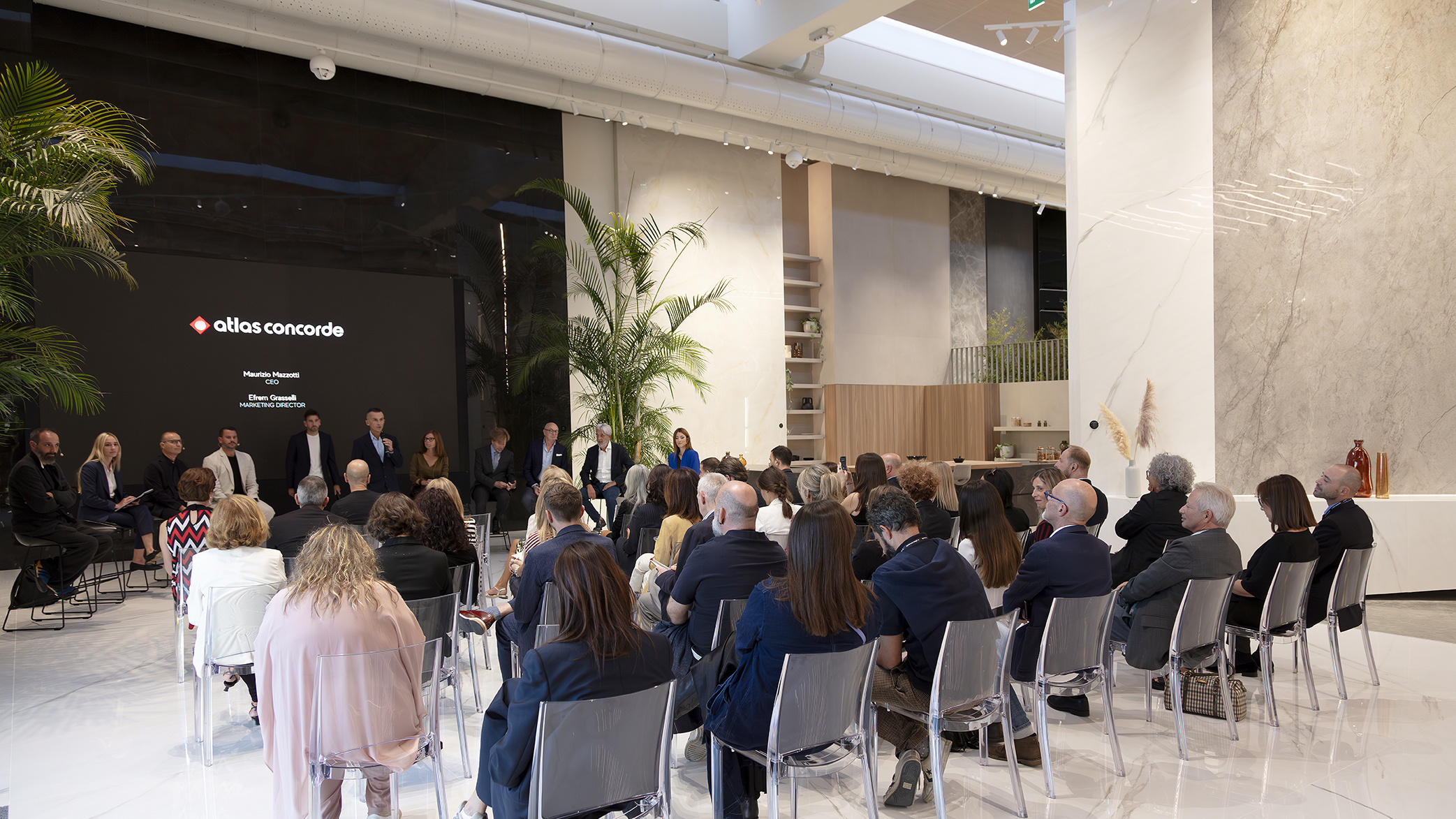

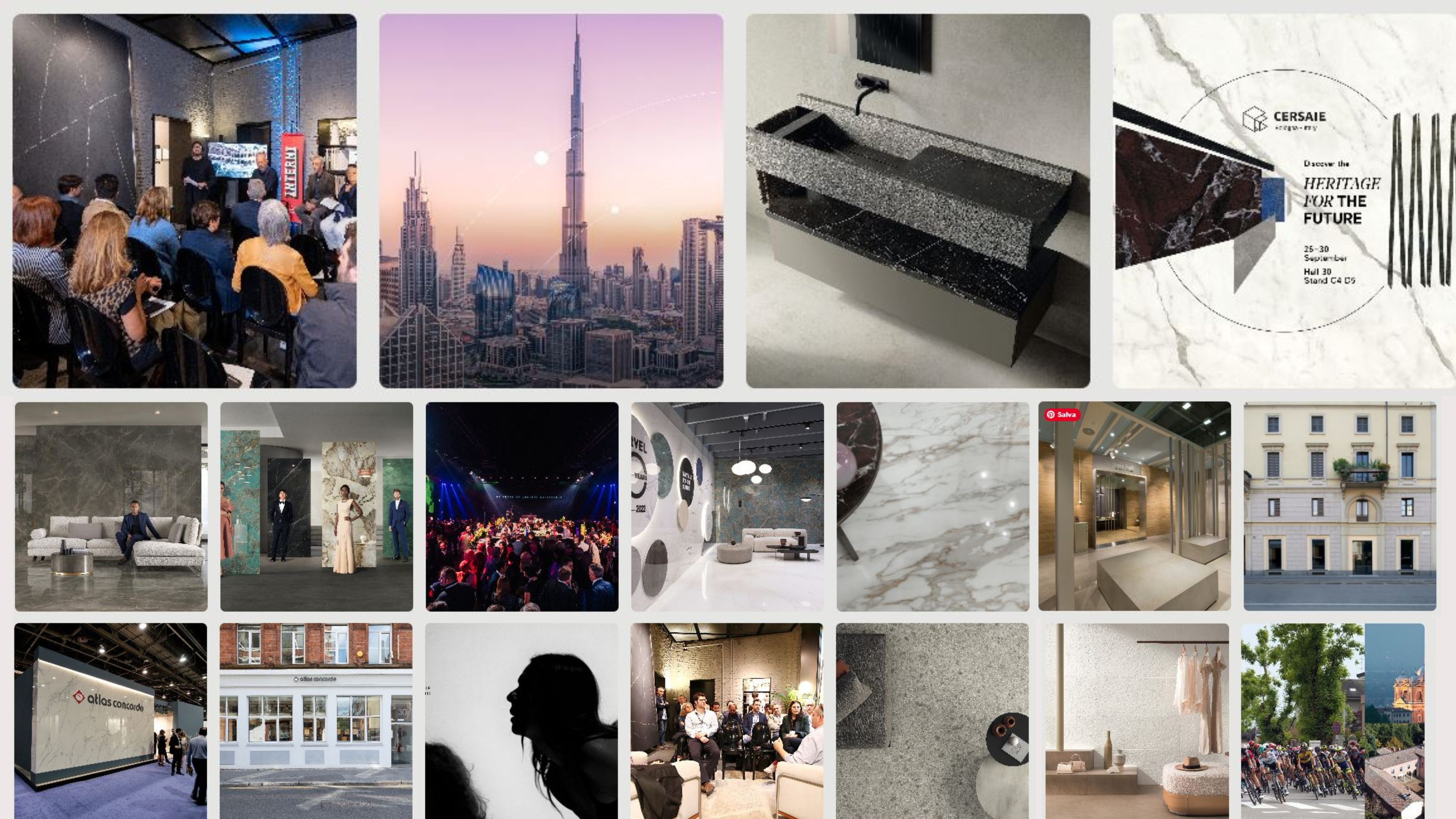.png?cropw=2955.4734265734264&croph=1662.4538024475523&cropx=218.73103146853146&cropy=289.05378059440557&cropmode=pixel&quality=75#)
.png?cropw=3715.8243006993007&croph=2090.1511691433566&cropx=249.9783216783217&cropy=197.73694274475525&cropmode=pixel&quality=75#)
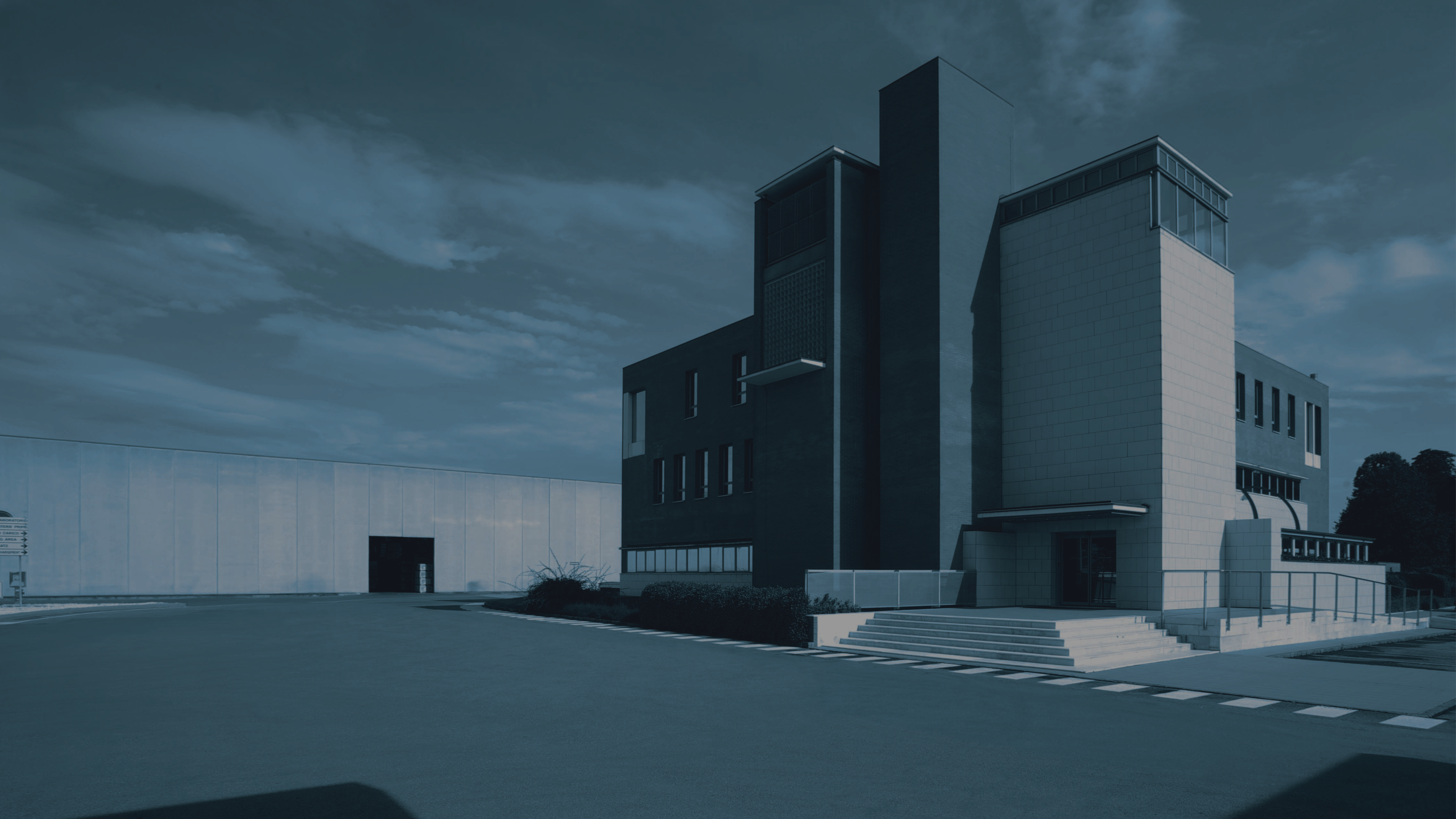


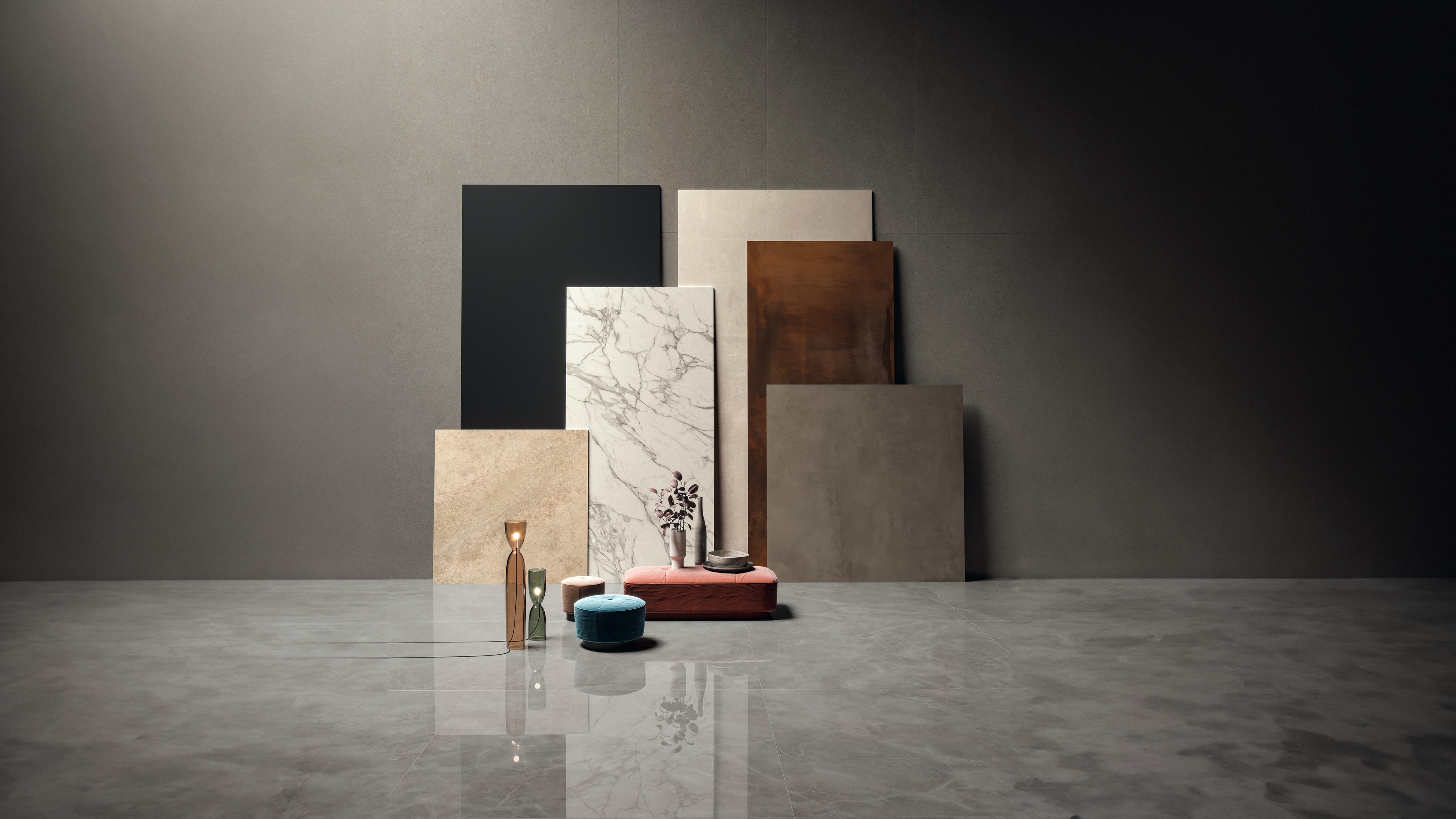





.jpg?cropw=4096&croph=2304&cropx=0&cropy=389.0000000000003&cropmode=pixel&quality=75#)
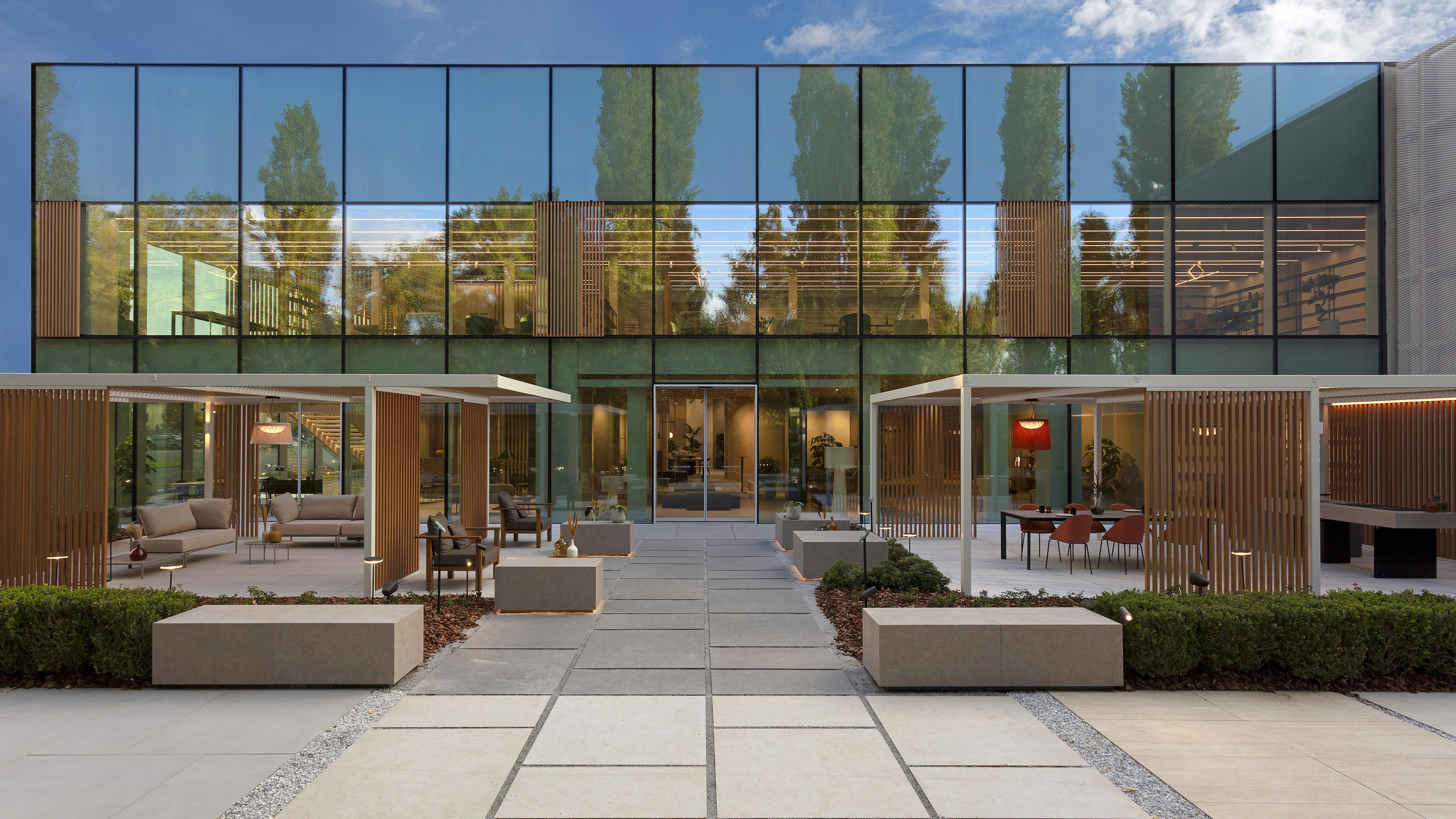
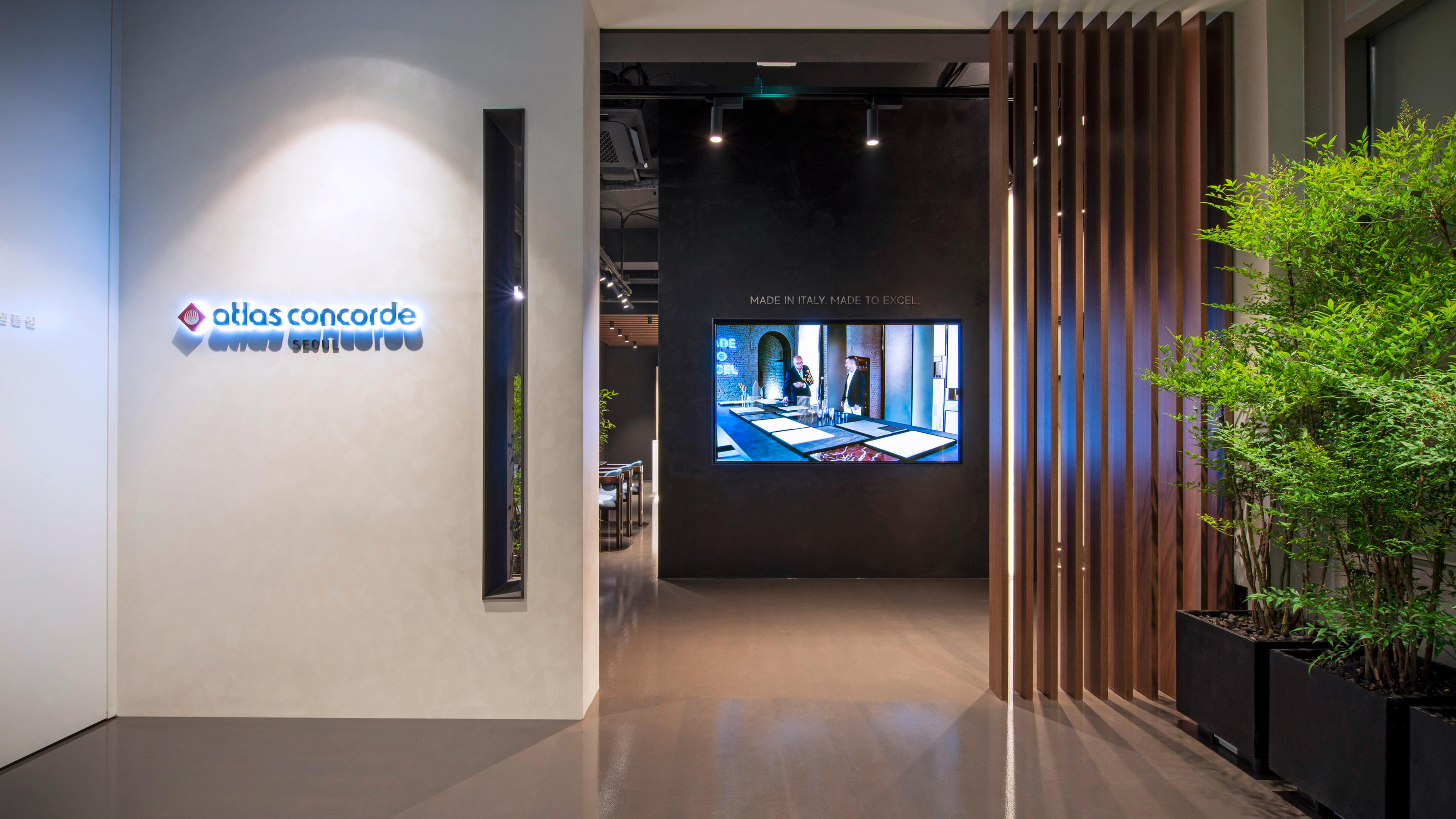
.jpg?cropw=4096&croph=2304&cropx=0&cropy=215.39045431878446&cropmode=pixel&quality=75#)



